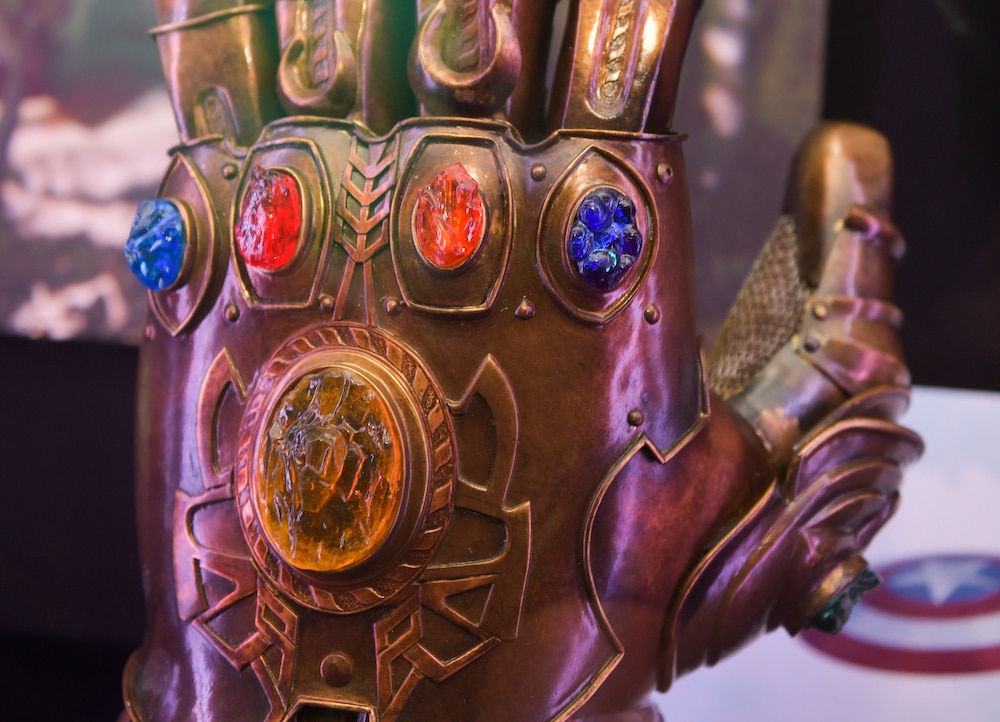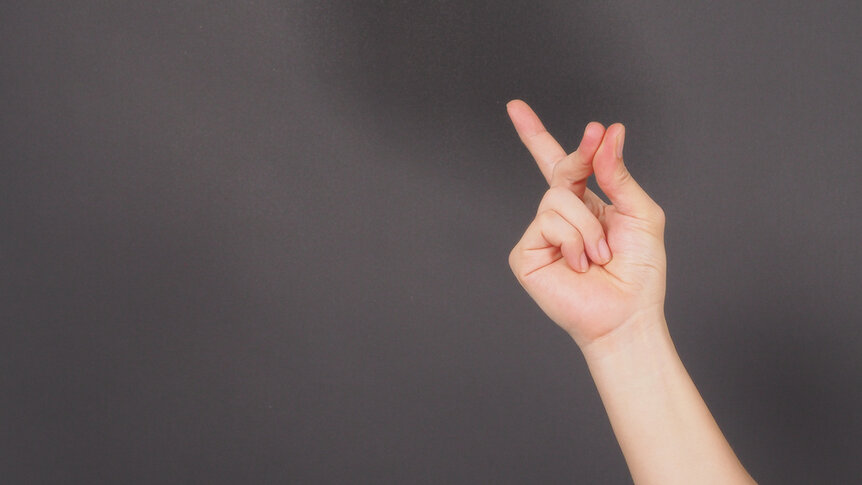Create a free profile to get unlimited access to exclusive videos, sweepstakes, and more!
The fastest human superpower is finger snapping, just not while wearing the Infinity Gauntlet
Finger snapping is the fastest human motion, but Thanos wouldn’t have been able to blast the universe with it.

Thanos was able to obliterate half the universe with a finger snap in Avengers: Infinity War. But could he have actually pulled it off while wearing the Infinity Gauntlet?
Like many other supernatural things that happen in the Marvel universe, physics now says that would be impossible. The acceleration that goes into finger snapping is actually the fastest human superpower that exists (Thanos was far from human, but this still applies to him). However, when you throw in the Infinity Gauntlet, it becomes drastically slower. So much for the monster whose name literally means “death” taking out so many superheroes.
Because researcher Rhagav Acharya and his team didn’t have an actual Infinity Gauntlet, they tested the acceleration power of a snap with and without metal thimbles on. The friction you get with skin contact between two fingers was just not there. They recently published their findings in Journal of the Royal Society Interface.
“There are a number of features in the anatomy of the human hand that enables the high speeds we see in the snap, including the muscles, tendons, and the fact that we have opposable thumbs, but one feature which we especially focused on was the finger pad,” Acharya told SYFY WIRE.
The finger pad has several properties that make such a superpower possible in this universe. When you combine friction with how much our finger pads can be compressed, you can get incredibly high speeds if nothing else is in the way, not even a metal gauntlet. With naked fingers, a snap accelerates in 7 milliseconds. Its rotational velocity, which is an object’s rotation rate, is an astounding 7,800 degrees per second — three times as fast as a pro baseball player’s arm. Turning down the friction by lubricating fingertips resulted in a slowdown.
But wait. You can’t have an infinite amount of friction either, because the researchers found that increasing it by using rubber also slowed down the acceleration time. The snap has to be executed under optimal conditions.
Acharya and his research team used physics to create a mathematical model for finger snapping that delved deep into the ultrafast motion we usually never think about. Unlike previous models, this one also factored in friction. Researcher Mark Ilton, Acharya’s colleague and coauthor of the study, had been working with models that did involve friction, and figured out how to include it in the model that was ultimately used. It had to be a more complex model. Things get weird with friction when it involves something compressible like a finger pad.
“We went with a different frictional model which can account for compressibility slightly better and, explored the implications of it,” said Acharya. “Adding compressibility and our approximate analysis of its role in the finger snap is unique.”
Finger snapping is powered by a mechanism that is one type of latch-mediated spring-actuated (LamSa) system. Something like the snapping of a termite’s mandibles is also a LamSa system, which is why there is now more interest in biological functions that use springs and latches. It is thought that the arm muscles load arm and finger tendons with potential energy. Not only does the friction between the pad of the middle finger and thumb help turn the middle finger into a latch, but has an opposing tendency to get in the way of the finger unlatching and moving.
Analyzing how well materials on the skin could be compressed with varying amounts of friction revealed how friction gives us the most unlikely superpower. Superfast snaps were caught by a high-speed camera. Not as fast was the snap that brought on the devastation at the end of Infinity War. Metal on fingertips reduced maximum rotational velocities way below what they were with bare fingers, and this is because metal reduced both friction and compressibility, so Acharya thinks the only way to explain how Thanos did it is some sort of dark magic.
"We hypothesize that it is a side effect of humans evolving to be highly dexterous,” he said. “Our analysis of finding optimum friction for a finger snap might be applicable to the field of prosthetics, and robotics, for creating a product with similar capabilities as the human hand.”



























